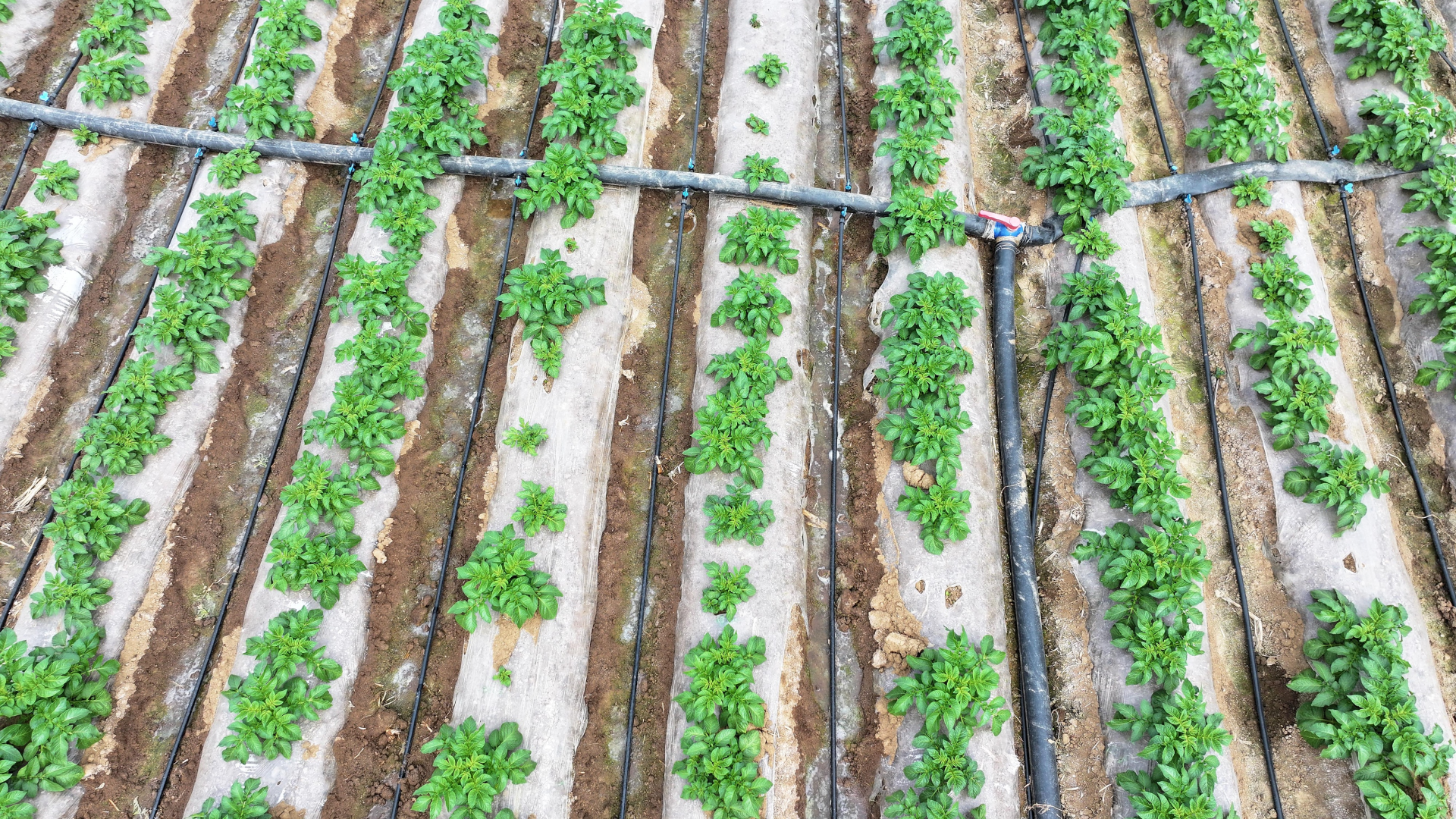China aims for major water-saving advancements with foreign investment
China aims to significantly improve its water conservation efforts by attracting international investments.

The plan includes nurturing several leading companies valued in the tens of billions of yuan by 2035. Additionally, it aims to elevate water-saving technologies, manufacturing processes, and management services to advanced global standards.
Technologically, the emphasis will be on making breakthroughs in treating and recycling organic and high-salinity wastewater, improving efficient cooling systems, and developing water-saving washing processes. This direction is set out in a guideline released on Monday by the National Development and Reform Commission (NDRC) along with other ministerial departments.
The document encourages regions with the capability to host various water-saving product and equipment fairs, trade shows, and technology exhibitions to promote effective water-saving technologies.
A platform is planned to facilitate the exchange of advanced technologies among water-saving enterprises and to deepen cooperative partnerships, thereby stimulating the supply and demand market within the water conservation sector.
Research institutions and high-tech companies are encouraged to take part in international water-related activities, provide consulting, construction, and operation management services for global water conservation projects, and support the Belt and Road Initiative's high-quality development goals.
China faces a significant water scarcity issue, compounded by a large population and uneven distribution of water resources both spatially and temporally. Water conservation is seen as the fundamental solution to address this shortage.
Since May 1 of this year, China has implemented its first national-level regulations on water conservation.
By 2024, the targets include a 13 percent reduction in water consumption per 10,000 yuan (about $1,400) of GDP and a similar decrease in water consumption per 10,000 yuan of industrial added value compared to 2020 levels.
The NDRC has stated it will promote water conservation by increasing the use of unconventional water sources and upgrading and transforming existing equipment.
Agriculture, which uses over 60 percent of China's water, will see comprehensive reforms in water pricing, including tiered pricing and a precise subsidy and reward mechanism for water-saving.
There are also goals to significantly enhance the efficiency of irrigation water use in agriculture and to achieve an annual utilization of unconventional water sources exceeding 18 billion cubic meters. These sources include rainwater, recycled water, desalinated seawater, and mine water.
A recent key policy document notes that China will impose mandatory limits on water resource usage and replace the water resource fee with a nationwide tax.
China will also drive the adoption of advanced water-saving equipment and products, support large-scale updates of water-saving infrastructure, and accelerate the phase-out of outdated, water-consuming products and equipment.
To support these efforts, the government will regularly publish catalogs of applicable water-saving technologies and lists of industrial water-saving processes, technologies, and equipment encouraged at the national level.
Alejandro Jose Martinez contributed to this report for TROIB News
Discover more Science and Technology news updates in TROIB Sci-Tech












